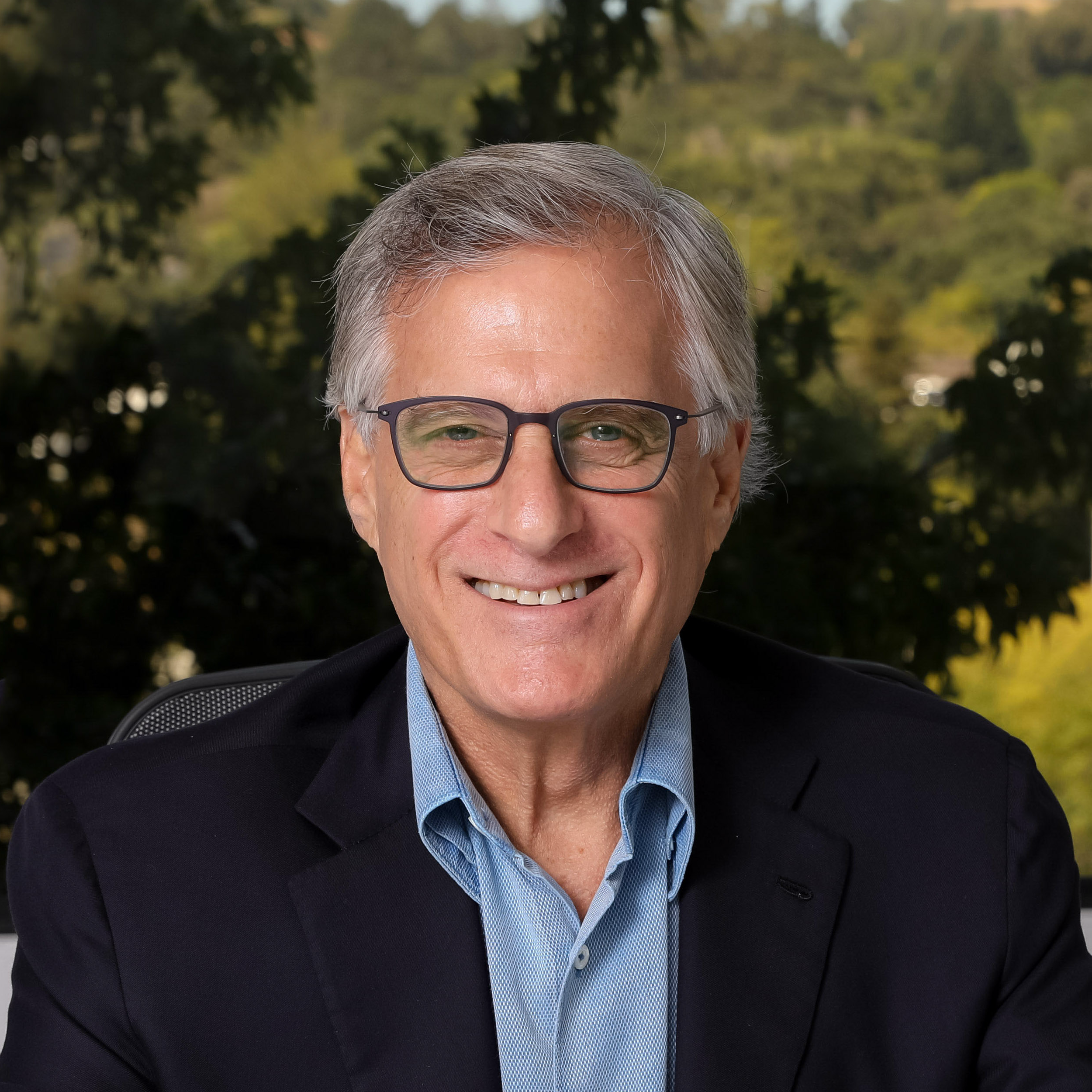Shaping the Future: The Role of Generative AI in Driving Real-Time Intelligence at the Edge with Marty Sprinzen
Philippe: Welcome, Marty. Thank you for joining us today. As we approach the Edge World Summit at the Computer History Museum in Mountain View this April, we’re eager to hear your insights. Please start by sharing your background and how you see the industry evolving.
Marty: Philippe, thanks for having me. I’ve worked in the tech industry through five software companies, witnessing first hand significant milestones like the birth of the Internet. Now, I see generative AI as a transformative force on par with the emergence of the Internet. It’s a rapidly accelerating field reshaping how we think about software’s capabilities.
Philippe: Fascinating comparison. Your journey began at Forte, a pioneer in developing software environments for Internet applications. How did your experiences there influence the creation of Vantiq and your approach to today’s technological landscape?
Marty: There are indeed similarities between then and now. Forte was all about leveraging the Internet for mission-critical applications at a time when nobody understood it. Despite skepticism, we forged ahead, using it for significant projects like home banking and New York City’s 911 system. This spirit of innovation directly informed the founding of Vantiq, especially as we embrace the shift towards intelligent, non-deterministic software powered by generative AI.
 Philippe: With generative AI playing a crucial role in software development, how do you see this technology addressing the world’s complex challenges?
Philippe: With generative AI playing a crucial role in software development, how do you see this technology addressing the world’s complex challenges?
Marty: Generative AI is a game-changer because it can automate responses and actions based on insights from large language models (LLMs). This capability is critical for tackling global issues like climate change, defense, and security. We’re looking at a new era in which software can rapidly and effectively respond to real-time challenges, something the world desperately needs.
Philippe: The real-time aspect of generative AI is a pivotal advancement. Could you elaborate on its significance and how it’s changing the landscape?
Marty: Initially, generative AI has seen massive adoption for tasks driven by human queries, such as writing emails or creating videos. The next evolutionary step involves real-time analysis and action based on data from sensors, services, and other systems. This shift towards automated decision-making and action-taking in real-time is poised to have an even more profound impact than the Internet.
Philippe: Regarding infrastructure, can you outline the critical components necessary for supporting this new paradigm of real-time, AI-driven applications?
Marty: The foundation lies in a synergy between hardware and software. While current LLMs predominantly operate in cloud environments, the future demands a shift towards edge computing for real-time inference, with cloud resources still playing a role in training due to their computational intensity. This evolution will necessitate a distributed architecture emphasizing monitoring, orchestration, and agility to manage the increased complexity and ensure responsiveness.
Philippe: The notion of generative AI as a necessity rather than an enhancement is compelling. What hurdles do current systems face that generative AI can overcome, and why is its integration crucial for future applications?
Marty: Generative AI’s strength lies in its vast repository of knowledge and its innovative problem-solving capabilities. Current systems’ limitations are their static knowledge bases and inability to adapt to new scenarios. Generative AI, however, can generate creative solutions by drawing on historical data and even proposing undocumented strategies. This dynamic approach enables software to tackle unforeseen challenges and adapt over time, a critical advantage in today’s fast-paced world.
Philippe: As entrepreneurs navigate this landscape, what advice would you offer to those looking to leverage generative AI in their solutions?
Marty: My crucial piece of advice is to embrace generative AI wholeheartedly. Whether for real-time data analysis, decision-making, or action initiation, the potential is vast and varied. This technology is not just for niche applications but is foundational for addressing our world’s complex challenges. Integrating generative AI is imperative for developing innovative solutions capable of making significant impacts.
Philippe: Lastly, with the complexity of modern ecosystems, how crucial is understanding and integrating into these ecosystems for the success of AI-driven applications?
Marty: Integration into broader ecosystems is paramount. The complexity and interconnectivity of modern environments necessitate a sophisticated understanding of how applications interact within these ecosystems. Success in this new era depends on navigating an intricate web of sensors, IoT devices, and multiple LLMs, necessitating a higher level of abstraction to manage this complexity effectively.
Philippe: When discussing with your team, I’m always impressed by the number of companies working with you to bring Vantik to market. Can you elaborate on that?
Marty: We’re observing significant interest from independent software vendors who leverage our technology to create next-generation solutions. This approach enables them to reach the market faster with less effort, overcoming the complexities we previously discussed. For instance, generative AI is highly beneficial in complex, sensor-driven ecosystems in healthcare, particularly in remote patient monitoring. Independent software vendors are increasingly adopting our systems for their time-to-market advantage and ability to adapt to changing requirements with sophisticated functions.
Philippe: Given entrepreneurs’ aim for quicker market entry, do you believe building a generative AI model is feasible, or should they focus more on infrastructure and data connectivity?
Marty: Incorporating LLMs and ensuring they operate correctly presents challenges, including preventing hallucinations. Vantic simplifies these complexities. While the systems are becoming more capable, leading to inherent challenges, our platform significantly eases the development process, especially in handling interactions between real-time systems, data, and generative AI. While the effort in designing and testing applications remains substantial, platforms like Vantic ensure it is manageable. The trend will likely continue, with other companies emerging to address these development complexities through higher-level abstractions, making the development process manageable.
Philippe: Is there a question you wish I had asked you?
Marty: I would have liked to discuss the societal impact of integrating real-time systems with generative AI. The influence will be profound as we transition to automating the world intelligently. This transition is necessary to address critical global issues like water shortages, security, and safety, although it necessitates careful consideration to mitigate fears related to cybersecurity. The transformation will be significant, akin to the revolution seen in the financial sector during the ’70s and ’80s, which, despite job disruptions, ultimately led to job growth within the industry. The challenge lies in training and adapting the workforce to these changes.
Marty: Developing these advanced systems must not drastically increase resource usage, including computing power and electricity. It’s crucial to build this real-time world responsibly, avoiding significant hikes in electricity consumption.


